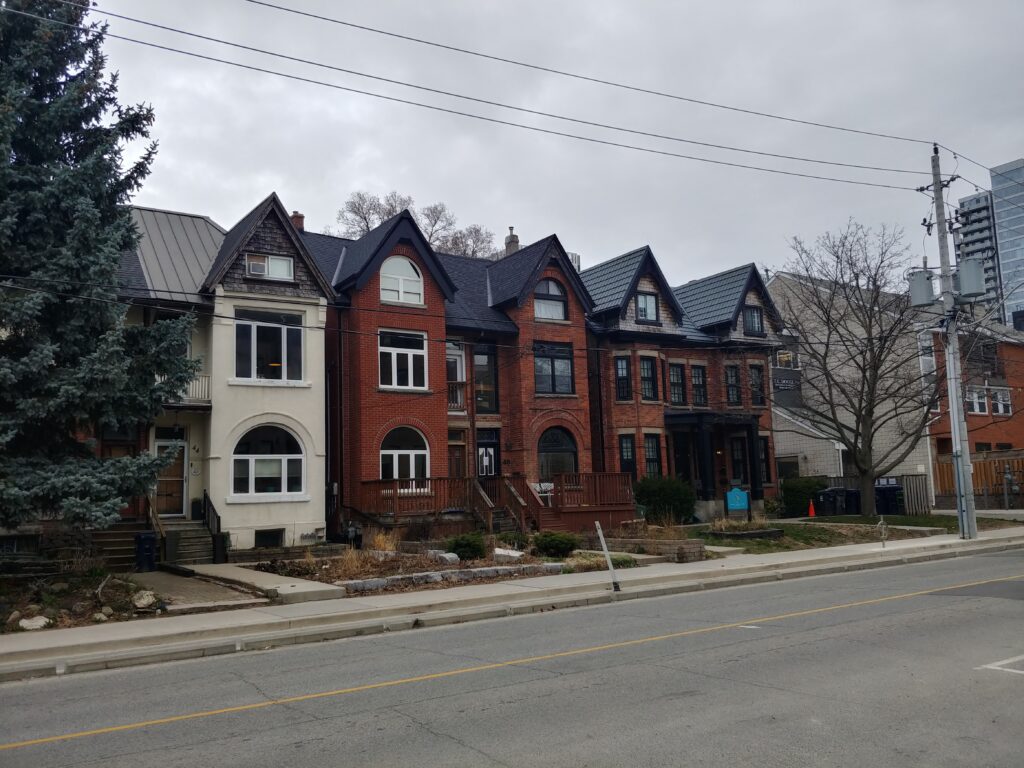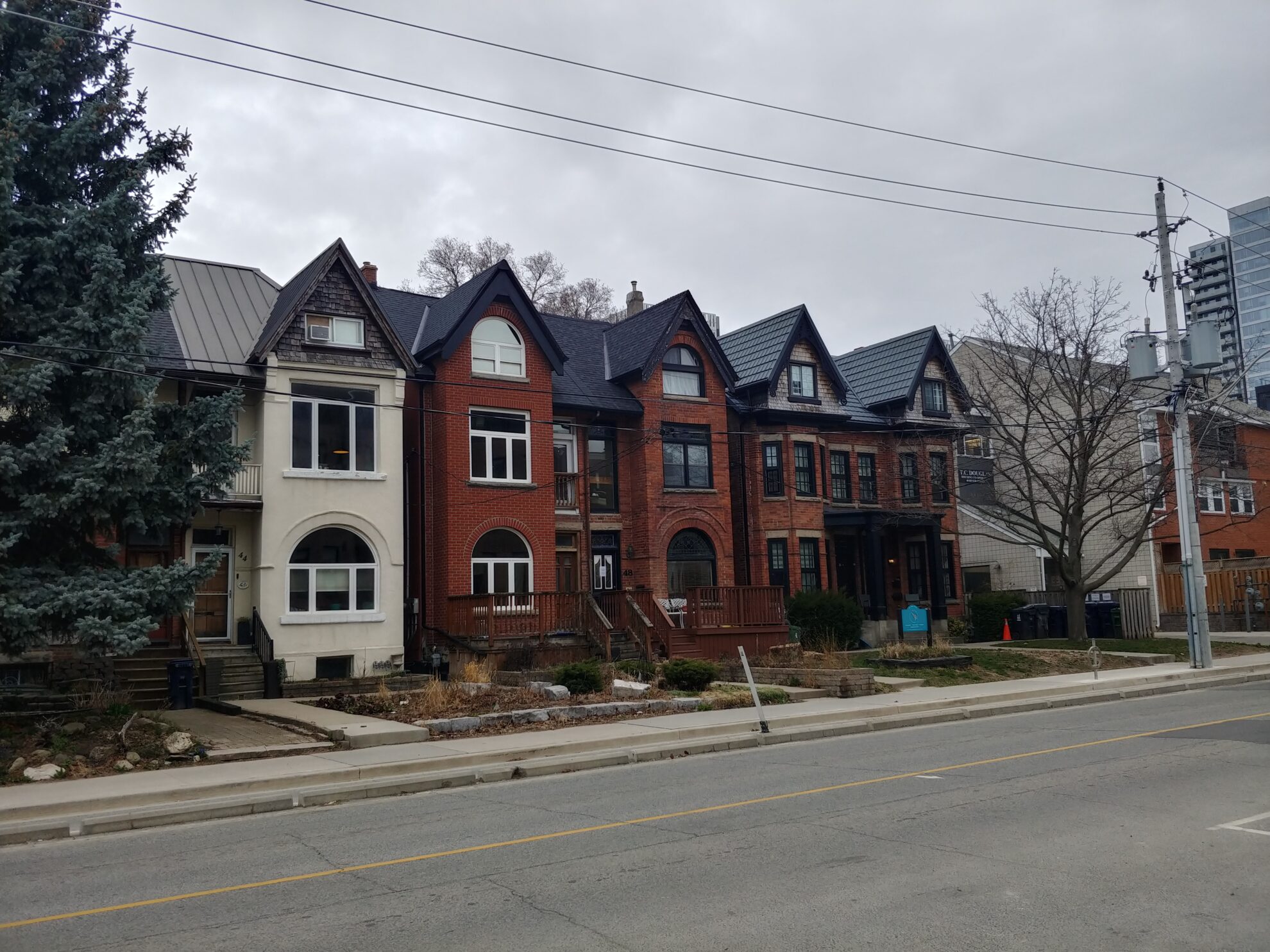Dennis Hanagan –
As shiny new towers sprout up across the city skyline, the Toronto Preservation Board wants to hold on to some of the past. The board wants to preserve the architectural and heritage value of ten houses on River Street built in the 1800s by listing them on the Ontario Heritage Register.
But recent Ontario government legislation – Bill 23 – could weaken city efforts to preserve heritage properties.
Brenton Nader, a heritage planner with Toronto-based ERA architects, explained in an interview that placing properties on the heritage register alerts city staff if listed properties are threatened by a development proposal. After an in-depth evaluation the next step is to designate them, which Nader said gives “some legal protection.”
But Bill 23 gives the city only two years to keep a property on the list. If it’s not designated by then, it must be removed and can’t be relisted for five years – assuming it hasn’t been demolished in the meantime. “It’s very difficult for a property that’s been removed from that list to receive any heritage status protection whatsoever,” said Nader.
Another problem Nader sees is the limited number of city staff to evaluate listed properties to see if they merit the upgraded designation. “There are only so many heritage planners within the (city’s) planning department who are able to assess and evaluate these properties. They have a huge task.”
Nader said about 11,000 Toronto properties are on the heritage register. About 7,000 are designated, which leaves 4,000 lingering on the list with limited legal protection.
The ten River Street houses the Preservation Board wants to protect are numbers 34 to 52 on the west side between Wascana Avenue and the TC Douglas Housing Co-op. In an email to the bridge, media representative Deborah Blackstone said the city so far hasn’t received any development application for the site.

The houses have bay-and-gable windows, a distinct residential style common in older areas in which a large bay window covers much of the front façade with a gable roof on top. Another feature is a Romanesque Revival style that came into favour in the mid-1800s and lasted until about 1900. This has wide arches, thick columns, decorative pilasters, pointed towers and rough-hewn stone.
Bill 23, touted as removing barriers that are perceived to be slowing housing construction, makes it “difficult to protect most of Ontario’s identified heritage properties,” the Association of the Municipalities of Ontario told the government in December 2022.
According to the government’s website, Ontario’s population will reach 21.7 million by 2046. The Ford government says it wants to build 1.5 million homes over the next 10 years to accommodate that growth.
St. Lawrence residents are familiar with one way to retain heritage yet facilitate new housing: façadism. That’s when a development – usually a large tower – is built behind the façade of a historic building.
“It’s a little inauthentic,” Nader said. “It’s maybe not affording that building all the respect that it deserves.
“On the other hand, it’s a way to try and preserve the most visible elements of the character of that building … I think it is a balancing act.”
Asked how well Toronto is doing to protect its heritage Nader said, “It’s doing as best as it can”.




